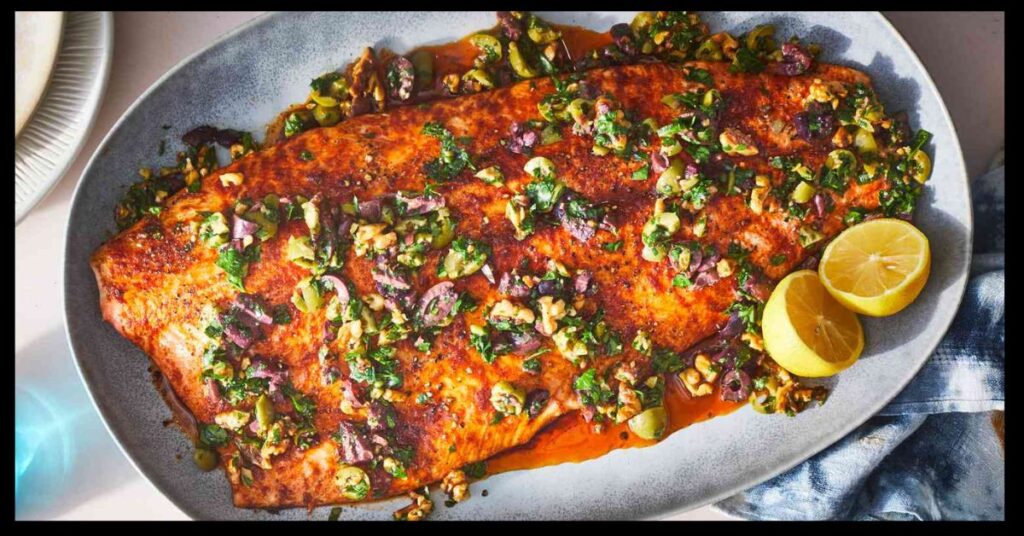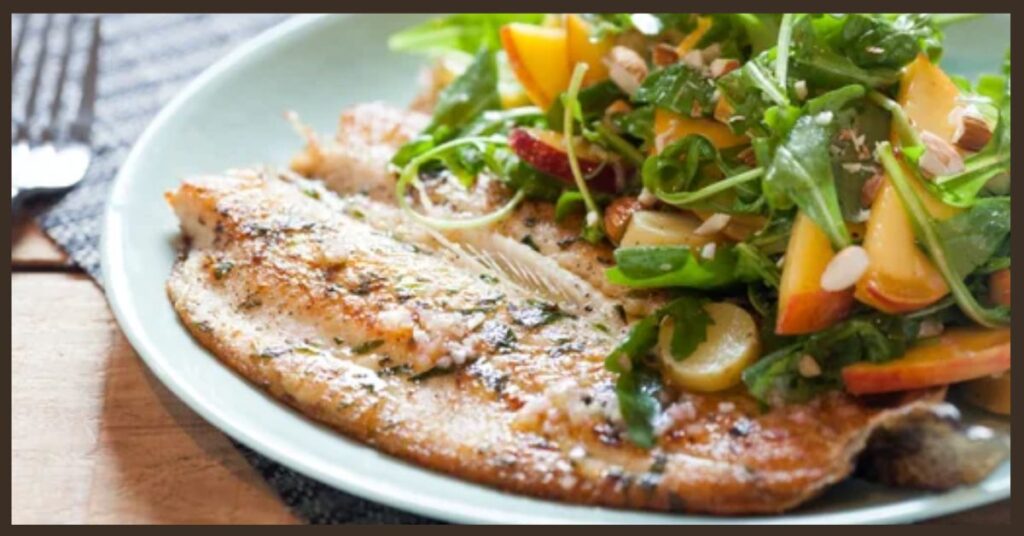Feeding pet fish with the right nutrition is essential for their growth, coloration, and overall well-being. While commercial fish food is widely available, many aquarium enthusiasts prefer making homemade fish food due to its nutritional benefits and cost-effectiveness. Preparing a balanced fish food recipe at home allows for control over ingredients, eliminating harmful additives and providing tailored nutrition.
This article presents a detailed, easy-to-follow homemade fish food recipe, along with information on essential nutrients, benefits, and storage tips. The content is suitable for freshwater and saltwater fish and aligns with ethical, safe feeding practices.
Table of Contents
ToggleWhy Choose Homemade Fish Food?

1. Control Over Ingredients
Homemade fish food allows full control over what goes into your fish’s diet. This ensures no harmful chemicals, fillers, or preservatives are included.
2. Customized Nutrition
Different species have different dietary needs. Homemade food can be adjusted for herbivorous, carnivorous, or omnivorous fish, promoting better health.
3. Cost-Effective
While initial preparation might take some effort, making food in bulk can save money compared to buying premium commercial fish food regularly.
4. Improved Fish Health and Color
Natural ingredients like spirulina, vegetables, and seafood can enhance immunity, digestion, and coloration in ornamental fish species such as guppies, bettas, or goldfish.
Essential Nutrients for Fish
To develop a well-rounded fish food recipe, it’s vital to understand the basic nutrients that pet fish require:
- Protein (35–45%): Vital for growth, especially for carnivorous and omnivorous fish. Fish meal, shrimp, and eggs are great sources.
- Carbohydrates (15–25%): Provide energy. Derived from vegetables and plant matter.
- Fats (5–10%): Important for energy and maintaining cell structure.
- Vitamins and Minerals: Vitamins A, D, E, K, and minerals like calcium and phosphorus help strengthen bones and support bodily functions.
- Fiber (2–5%): Aids digestion, especially for herbivorous species.
Homemade Fish Food Recipe: Ingredients and Steps

This versatile fish food recipe is suitable for most tropical freshwater fish species.
Ingredients:
- Fish Fillet or Shrimp (Protein source) – 100 grams
- Green Peas (Carbohydrates and Fiber) – 50 grams
- Spinach or Kale (Vitamins and Minerals) – 50 grams
- Carrot (Beta-carotene for color enhancement) – 30 grams
- Garlic (Natural immune booster) – 1 clove
- Gelatin (Binder) – 2 tablespoons
- Spirulina Powder (Enhances immunity and coloration) – 1 teaspoon
- Fish Oil (Omega-3 fatty acids) – 1 teaspoon (optional)
- Water – As needed
Equipment:
- Blender or food processor
- Saucepan
- Ice cube trays or molds
- Refrigerator/freezer
Step-by-Step Preparation:
1. Cook the Vegetables
Lightly steam peas, spinach, and carrots to soften them. This makes blending easier and improves digestibility.
2. Blend the Mixture
Add cooked vegetables, fish fillet/shrimp, garlic, and a small amount of water into a blender. Blend until the mixture reaches a smooth consistency.
3. Add Spirulina and Fish Oil
Mix in spirulina powder and fish oil. These ingredients add essential micronutrients and improve color vibrancy in ornamental fish.
4. Prepare Gelatin Binder
Dissolve gelatin in warm water as per package instructions. Slowly mix the gelatin solution with the blended fish food mixture.
5. Set the Mixture
Pour the final mixture into ice cube trays or silicone molds. Refrigerate for 2–3 hours until the mixture solidifies.
6. Store Properly
After setting, transfer the cubes into an airtight container and freeze. Feed small portions as needed to prevent overfeeding.
Feeding Guidelines
- Feed small portions: Offer enough food that can be consumed within 2–3 minutes.
- Frequency: Feed 1–2 times daily based on fish species and age.
- Observe Behavior: Monitor how quickly your fish consume the food. Uneaten food can pollute the tank.
Overfeeding is a common issue and can lead to water quality degradation. It’s important to maintain a proper feeding schedule to avoid such problems.
Storage Tips
- Refrigerator: Can be stored for up to 5 days.
- Freezer: Can be stored for up to 3 months in airtight containers.
- Labeling: Use labels with preparation dates to track freshness.
Ensure no freezer burn or contamination occurs, as this can affect food safety and nutrient value.
Variations of Fish Food Recipes
For Herbivorous Fish:
- Increase the quantity of vegetables like zucchini, cucumber, and algae wafers.
- Reduce animal protein to minimal amounts or replace with soybean meal.
For Carnivorous Fish:
- Increase shrimp, fish meat, bloodworms, or squid in the recipe.
- Limit carbohydrates and focus on protein-rich components.
For Fry (Baby Fish):
- Blend to a finer paste and use a strainer to extract ultra-fine particles suitable for tiny mouths.
Benefits of Spirulina and Garlic in Fish Food
- Spirulina: A blue-green algae, rich in protein and antioxidants. Enhances fish color and boosts the immune system.
- Garlic: Contains allicin, which has natural anti-parasitic and antibacterial properties. Also enhances food palatability.
Common Mistakes to Avoid
- Skipping Gelatin: Without a binder, the food may disintegrate in water, leading to waste and tank pollution.
- Overfeeding: Leads to uneaten food, ammonia spikes, and poor water quality.
- Incorrect Storage: Poorly stored food can spoil and harm fish health.
Always monitor your fish after introducing homemade food and adjust the recipe if necessary.
Conclusion
Homemade fish food is a nutritious, economical, and customizable alternative to commercial products. By including a variety of vegetables, proteins, and essential nutrients, fish owners can ensure the optimal health, growth, and coloration of their aquatic pets. Following safe preparation and storage methods ensures that the food remains fresh and beneficial for your fish. Whether caring for guppies, bettas, or goldfish, this recipe serves as a reliable base for a balanced fish diet.







